You may have noticed that some animals have a flair for the dramatic, their antics comparable to a soap opera diva’s most extravagant scenes. From the comically exaggerated to the downright theatrical, these creatures captivate us with their distinctive personalities. Their behaviors, while amusing, often serve crucial roles in their social structures or survival strategies. Here are 14 animals whose dramatic tendencies make them the undisputed tiny drama queens of the animal kingdom.
1. The Peacock’s Showy Display
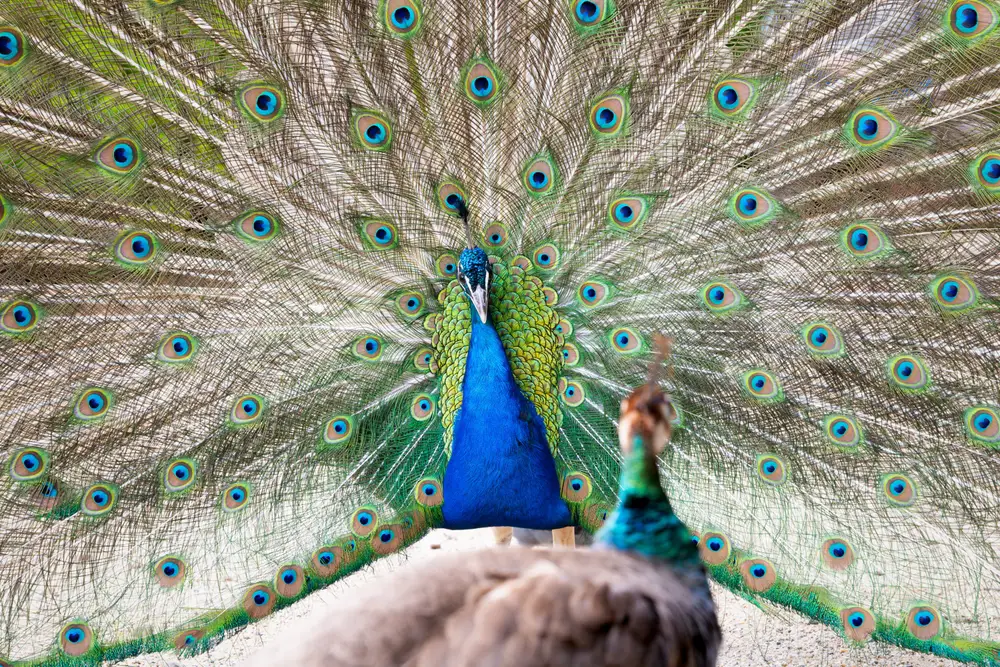
The peacock, with its resplendent plumage, is essentially the epitome of theatricality in the animal world. When courting, the male unfurls his iridescent tail feathers into a magnificent fan, a spectacle designed to attract the discerning gaze of a potential mate. This elaborate display is not just about beauty; it’s a demonstration of genetic fitness, with richer colors and more eyespots indicating better genes. Watching a peacock strut with its feathers spread can feel like witnessing a fashion show where every detail is as meticulously arranged as haute couture.
According to a study published in the Journal of Experimental Biology, the sound produced by the peacock’s feathers, a low-frequency “infrasound,” plays a role in attracting females, even if humans can’t hear it. This adds another layer of complexity, like a silent symphony beneath the visual spectacle. For all its glamour, the peacock’s display is a well-calculated strategy that balances visual and auditory cues. It’s a reminder that sometimes, it’s the unseen elements that complete the grandest performances.
2. The Cat’s Diva Reactions
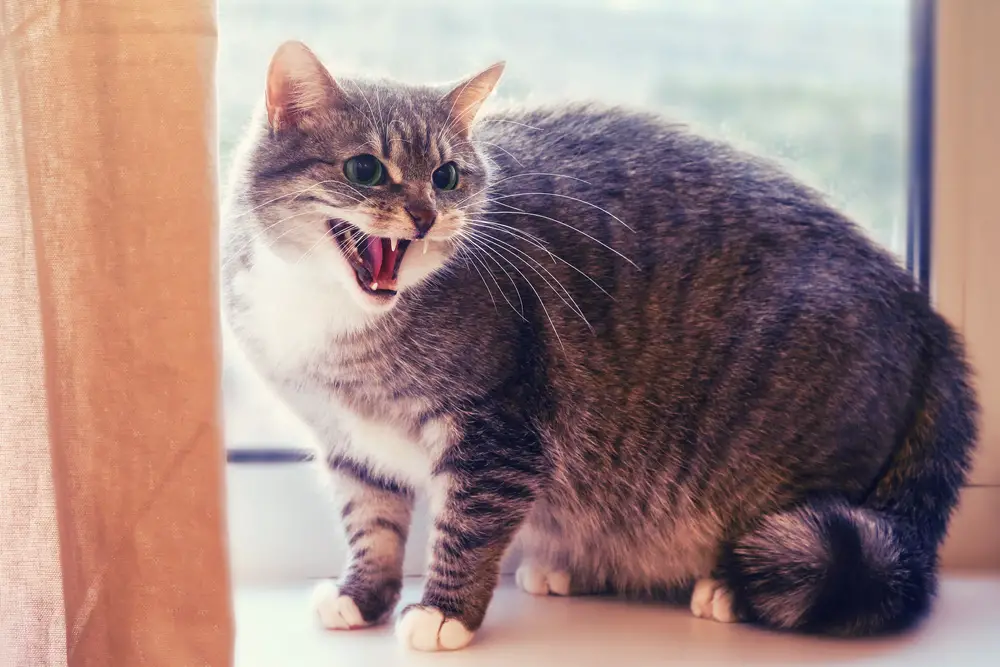
Anyone who has lived with a cat knows their penchant for drama in everyday situations. A mistimed sneeze or the sound of a vacuum can send them leaping in the air with all the flair of a Broadway star. Their exaggerated hisses, wide-eyed stares, and sudden sprints across the room might seem over-the-top, but these reactions are deeply rooted in their instincts as both predator and prey. When a cat arches its back or puffs up its tail, it’s employing tactics designed to make itself look larger and more intimidating.
The cat’s dramatic responses are not just for show; they serve as essential communication tools. By overemphasizing their body language, cats convey critical messages to humans and other animals alike. Their dramatic acts can signal discomfort, fear, or territoriality, all of which are important for maintaining peace and order in their world. For cat owners, these antics are a constant source of entertainment, reminding us of the rich inner lives of these enigmatic creatures.
3. The Dolphin’s Playful Antics
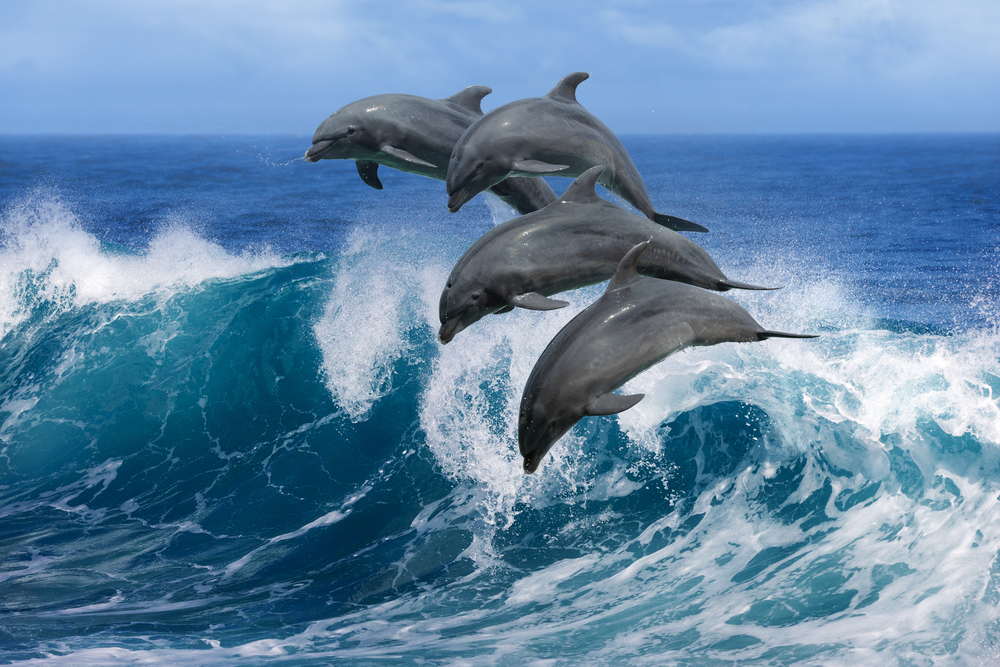
Dolphins are the acrobats of the sea, known for their playful leaps and spins above the water’s surface. Their exuberant displays may seem like pure entertainment, but they are also forms of social interaction and communication within their pods. Dolphins engage in acrobatics to reinforce social bonds, assert dominance, or simply for the joy of movement. Watching a pod of dolphins at play is like attending an underwater Cirque du Soleil performance, complete with synchronized flips and high-flying antics.
Research published in Marine Mammal Science highlights how dolphins use these acrobatics as a form of non-verbal communication, often signaling changes in direction or alerting pod members to the presence of prey. This behavior demonstrates the intelligence and social complexity inherent in dolphin communities. Their penchant for theatricality is not just about fun; it’s about survival and connection. Dolphins remind us that even in the animal kingdom, joy can be a powerful motivator.
4. The Elephant’s Emotional Expressions
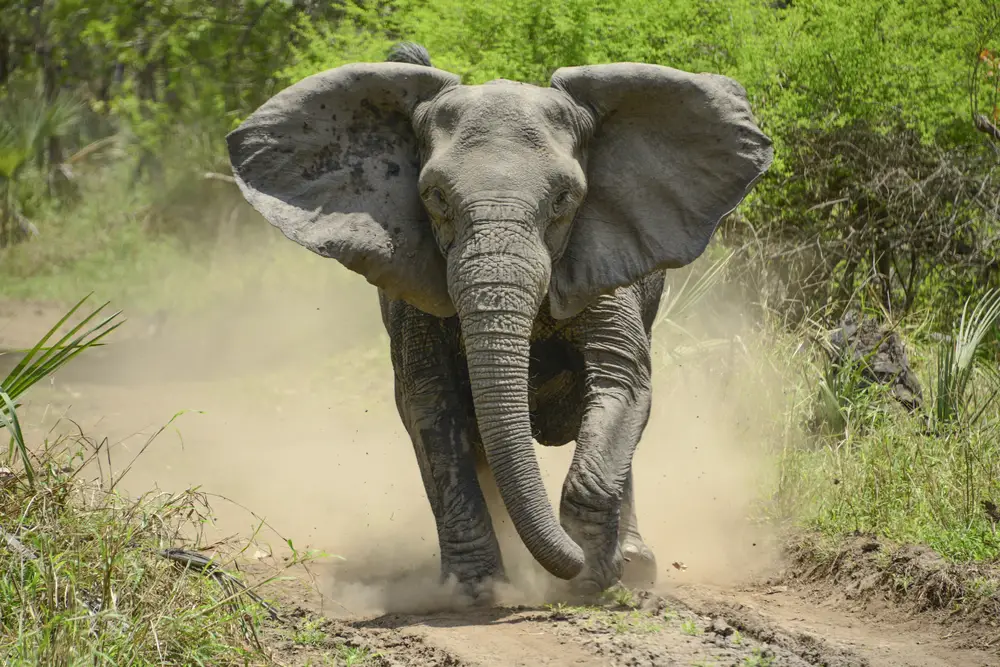
Elephants are known for their immense size and strength, but their emotional depth is equally impressive. These gentle giants express a range of emotions with a level of drama that would rival any human soap opera. Whether through trumpeting in joy, mourning a lost companion, or displaying mock charges, elephants wear their hearts on their sleeves. Their expressive eyes and sweeping trunk gestures often communicate more than words ever could.
In elephant societies, emotional displays are crucial for maintaining complex social structures. Their dramatic behavior fosters group cohesion and ensures the protection and survival of the herd. By demonstrating their feelings so openly, elephants maintain intricate relationships with their fellow herd members. This emotional transparency makes them relatable to us, highlighting the universal language of emotional expression.
5. The Chimpanzee’s Theatrical Performances
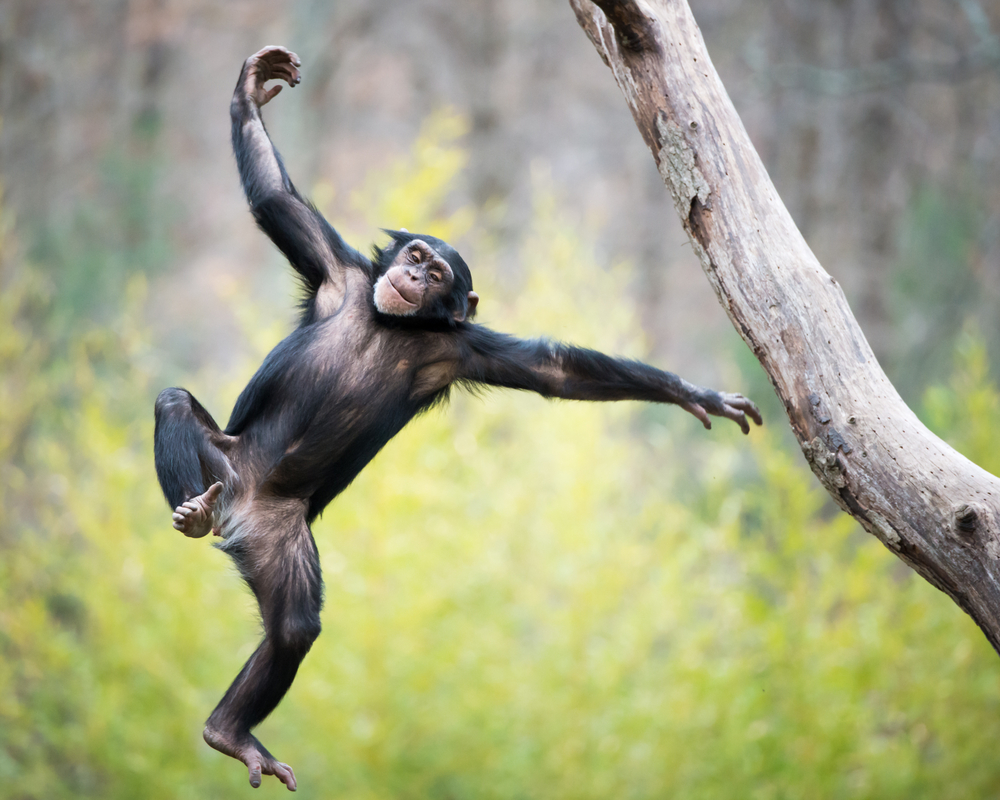
In the world of primates, chimpanzees are the undisputed masters of dramatic displays. Whether it’s a thunderous display of dominance or a playful session of chasing and wrestling, chimpanzees bring a certain flair to their interactions. Their expressive faces and animated body language are captivating to watch, revealing complex social dynamics at play. These performances serve important functions, including establishing hierarchies and reinforcing social bonds.
A study in *Nature Communications* explored how chimpanzees use exaggerated gestures in a manner akin to human drama, suggesting that this behavior is deeply rooted in primate evolution. This theatricality helps in diffusing tension and maintaining social harmony within a group. By infusing their interactions with a touch of drama, chimpanzees keep their social structures intact. They remind us that in both primate and human society, a little drama can be a powerful tool for communication and understanding.
6. The Penguin’s Courtship Rituals
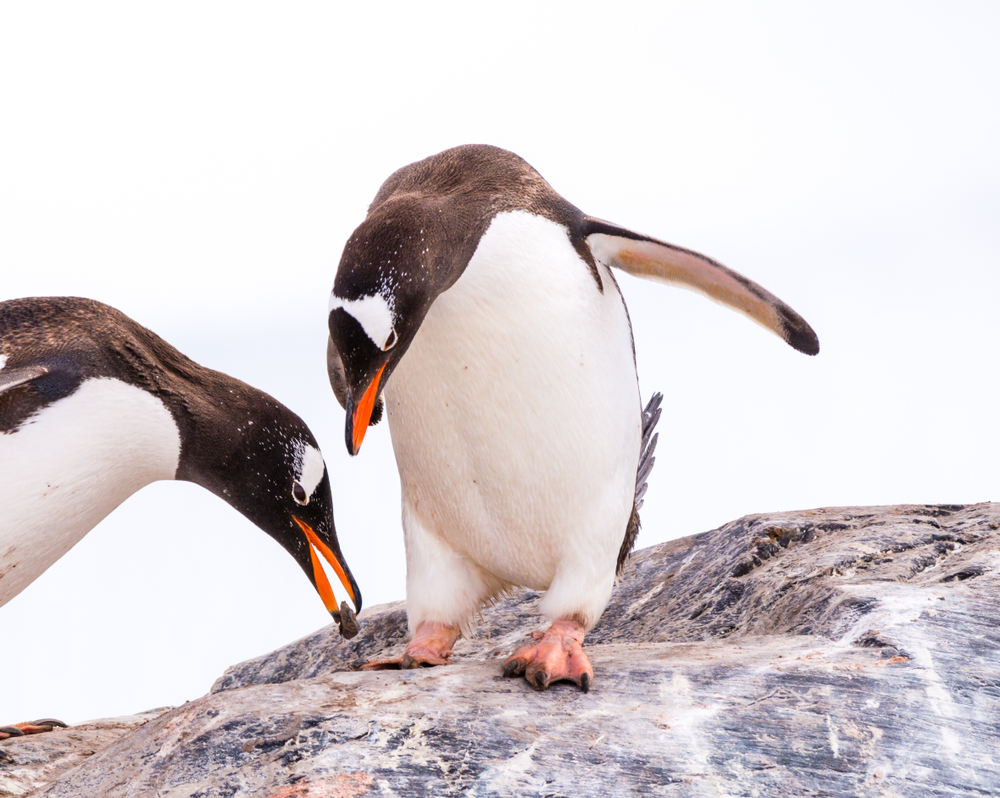
Penguins, with their endearing waddle and tuxedo-like appearance, engage in courtship rituals that are both charming and dramatic. During mating season, male penguins search for the perfect pebble to present to their chosen mate. This simple act is laden with significance, symbolizing commitment and the promise of shared responsibilities. Watching a penguin couple bow and trumpet to each other is akin to witnessing a meticulously choreographed ballet.
These rituals play a crucial role in the survival of penguin colonies, ensuring that bonds are strong before nesting begins. The drama of the courtship process is not just for show; it is a vital part of their life cycle. By engaging in these elaborate displays, penguins strengthen their partnerships and increase their chances of raising successful offspring. Their actions remind us of the importance of tradition and commitment in relationships.
7. The Octopus’s Colorful Camouflage
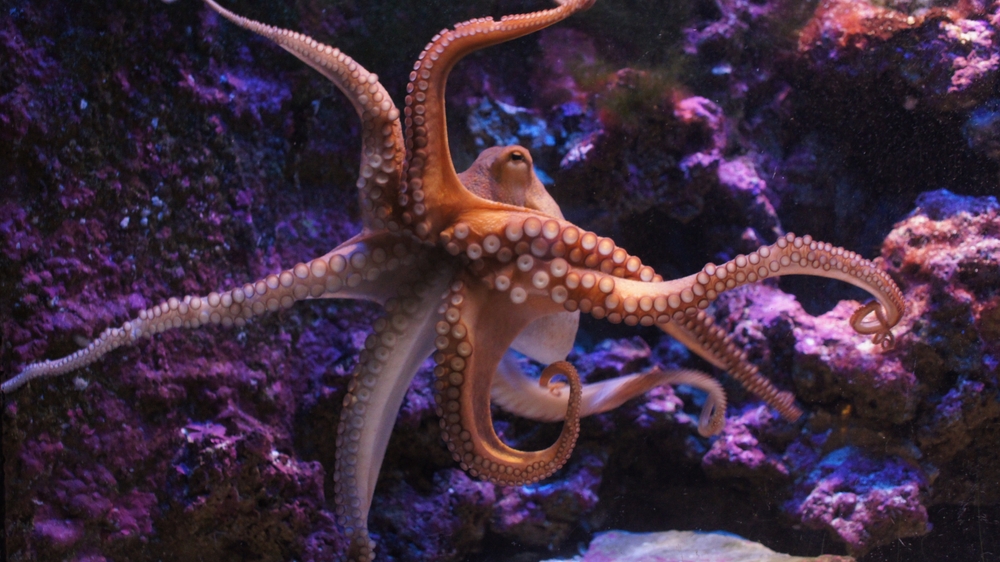
The octopus is a master of disguise, capable of changing both color and texture to blend into its surroundings. This remarkable ability is not just an evolutionary trick but also a form of dramatic expression. By flashing vibrant hues or imitating surrounding objects, the octopus can communicate, hunt, or evade predators. Watching an octopus shift through a spectrum of colors is akin to witnessing a living, breathing work of art.
According to a study by the University of California, Berkeley, the octopus’s chromatophores are controlled by a complex nervous system, allowing it to create these dramatic displays instantaneously. This capability is not only about survival but also about interaction with its environment and other creatures. The octopus’s theatrics remind us that sometimes, drama serves as both a shield and a signal. In the depths of the ocean, it’s an essential tool for navigating a complex world.
8. The Parrot’s Vocal Mimicry
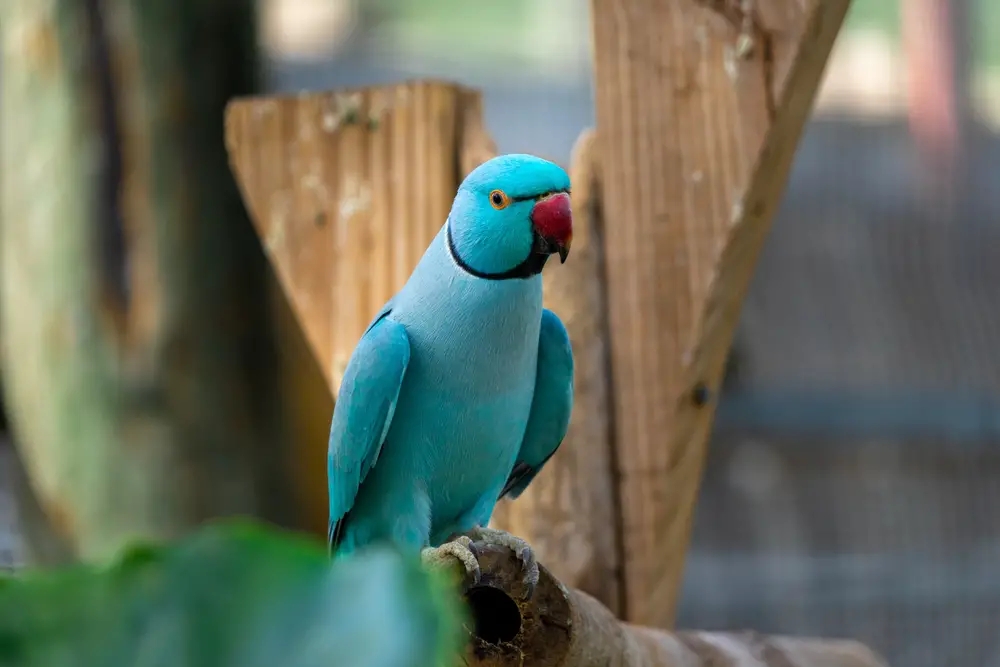
Parrots are renowned for their ability to mimic human speech, a talent that adds an element of drama to their interactions. This vocal mimicry is not just a party trick; it’s a crucial aspect of their social behavior and communication. Parrots use their impressive vocal range to bond with humans and other birds, sometimes leading to surprisingly poignant or comedic exchanges. Owning a parrot can feel like living with a tiny, feathered performer, ready to mimic your best—and worst—moments.
In the wild, this mimicry helps parrots navigate their social environments, establish territory, and avoid predators. By imitating sounds from their surroundings, they can effectively communicate complex messages. The parrot’s flair for imitation highlights the intricate link between communication and survival. Their vocal theatrics remind us of the power of language and the joy of shared interactions.
9. The Frog’s Mating Calls
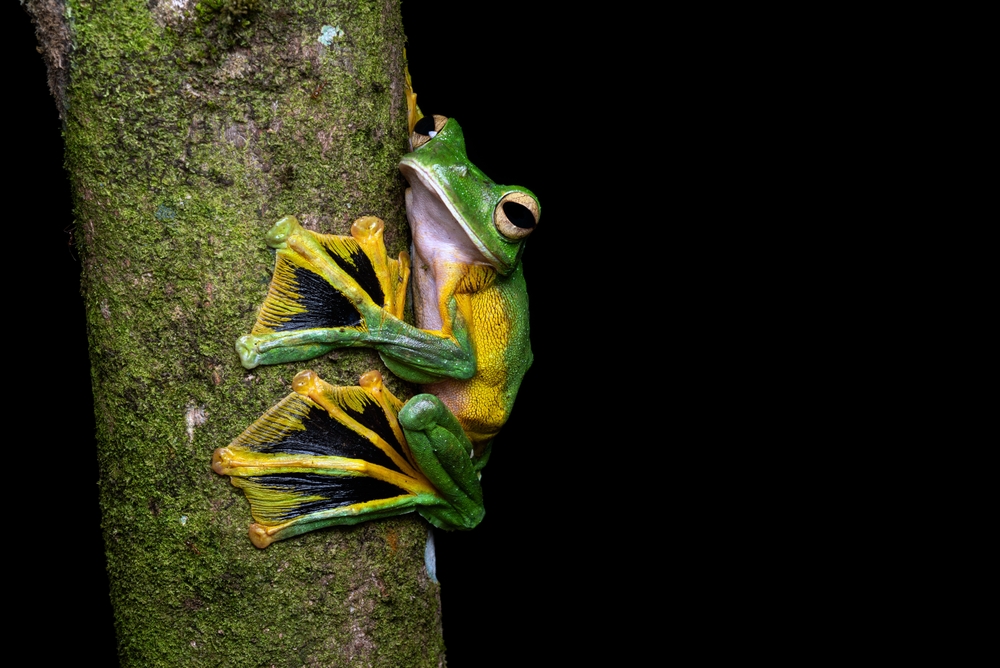
Frogs are famous for their nightly serenades, with males producing loud, distinctive calls to attract mates. These vocal performances can be heard echoing through wetlands and forests, a testament to the frog’s commitment to finding the perfect partner. Each species has its own unique call, some melodious and others harsh, but all equally dramatic. Listening to a chorus of frogs is like attending a symphony, where each voice contributes to the overall harmony.
The drama of these mating calls is not just for show; it serves a critical role in species propagation. By broadcasting their location and readiness, male frogs increase their chances of successful reproduction. Their vocal theatrics are a reminder of the lengths to which animals will go in the pursuit of love. In the frog’s world, the louder and more persistent the call, the greater the chance of success.
10. The Rabbit’s Dramatic Binkies
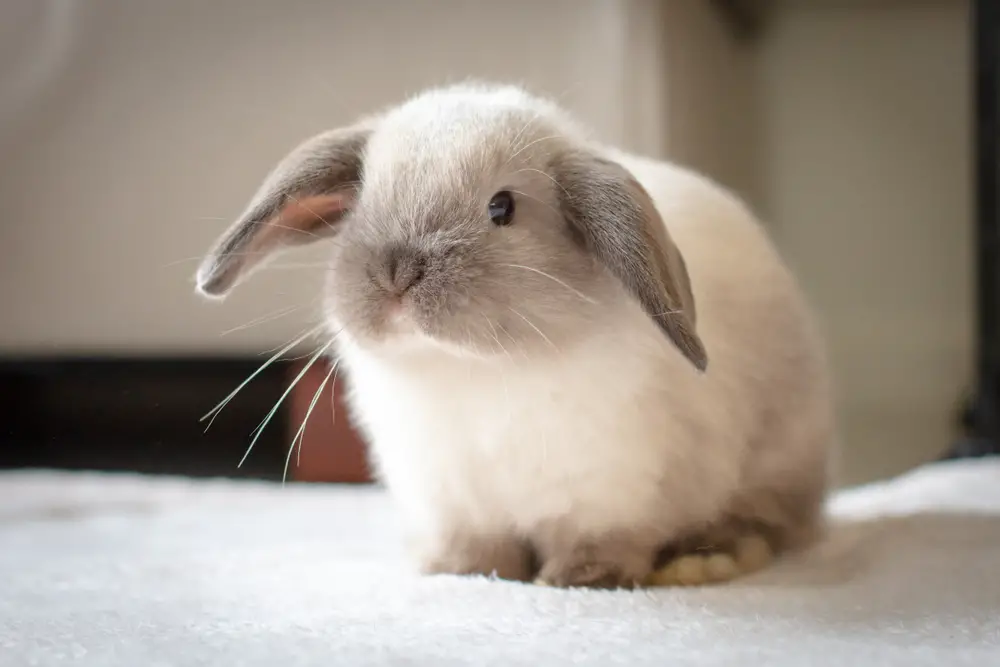
Rabbits may seem like quiet, unassuming creatures, but they have a hidden flair for drama known as “binkies.” These joyful leaps and twists in the air are a rabbit’s way of expressing happiness and excitement. Watching a rabbit binky across a room is like witnessing a spontaneous dance performance, full of exuberance and grace. It’s a moment of pure, unfiltered joy that captivates anyone lucky enough to see it.
These dramatic displays are not just about fun; they’re a reflection of a rabbit’s well-being. A binkying rabbit is a content rabbit, secure in its environment and free from fear. This behavior is an important indicator for rabbit owners to gauge the happiness of their pets. Rabbits remind us that true joy often comes in the form of unexpected, delightful moments.
11. The Seagull’s Theatrical Scavenging

Seagulls are the opportunistic performers of the coastal world, known for their bold and often dramatic antics in search of food. Whether they’re swooping down to snatch a sandwich from an unsuspecting beachgoer or engaging in aerial acrobatics to steal a fellow gull’s catch, their scavenging behavior is nothing if not theatrical. These birds have a knack for turning every meal into a high-stakes drama, complete with suspense and daring maneuvers. Observing seagulls at play is like watching a live-action heist unfold before your eyes.
In their world, such dramatic antics are essential for survival in competitive environments. Their boldness and adaptability make them successful scavengers, able to thrive in various settings. The seagull’s flair for drama serves as a reminder of the resourcefulness and resilience required to navigate the challenges of life. Their audacious actions highlight the fine line between necessity and entertainment in the natural world.
12. The Dog’s Over-the-Top Greetings

Dogs are renowned for their enthusiastic greetings, a dramatic display of love and excitement that never fails to warm the heart. Whether they’re bounding towards you with wagging tails or showering you with sloppy kisses, their exuberant welcomes are full of charm and sincerity. These greetings are more than just an expression of affection; they’re a reflection of the deep bond between dogs and humans. Witnessing a dog’s joyous welcome is like receiving a standing ovation every time you walk through the door.
This dramatic behavior is rooted in a dog’s pack instincts, where greetings help strengthen social bonds and establish hierarchies. By lavishing attention and affection, dogs reinforce their connection with their human companions. Their dramatic displays are a testament to the unconditional love and loyalty that define canine relationships. Dogs remind us that sometimes, the simplest gestures can hold the most profound meaning.
13. The Lizard’s Intimidating Behaviors
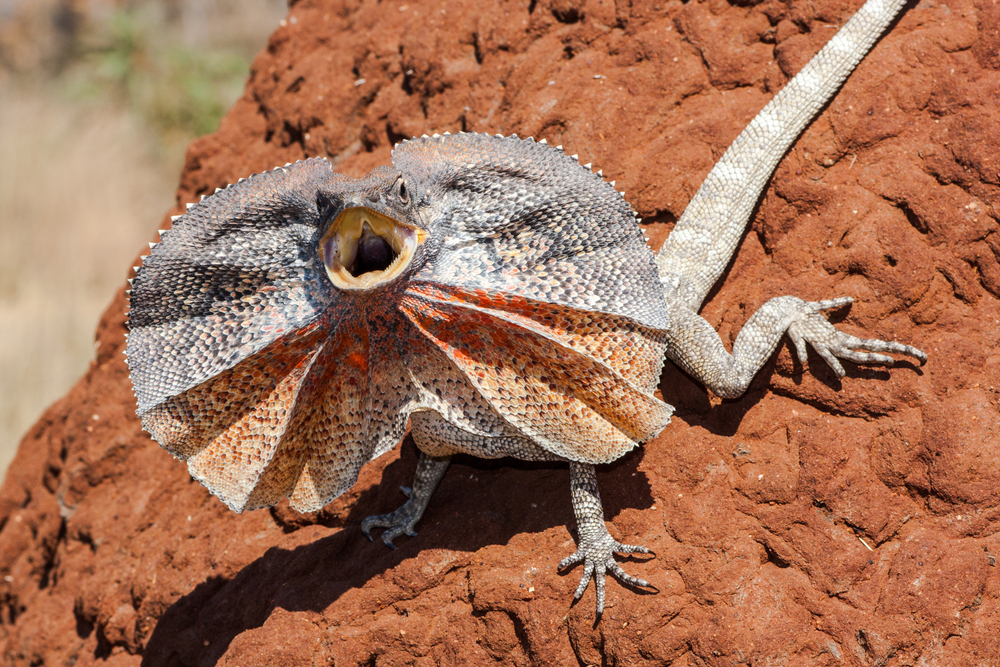
Lizards, while often overlooked, can be surprisingly dramatic when it comes to defending their territory. Species like the frilled-neck lizard put on an impressive show, expanding their neck frills, hissing, and charging in an attempt to intimidate potential threats. This theatrical display is a combination of bluff and bravado, meant to deter foes without the need for physical confrontation. Watching a lizard in full defensive mode is like witnessing a carefully choreographed theatre piece.
Such dramatic displays are crucial for lizards, as they often rely on bluffing to avoid dangerous encounters. By appearing larger and more threatening, they increase their chances of survival without resorting to violence. The lizard’s flair for drama underscores the power of perception and the importance of maintaining peace through display rather than conflict. They remind us that sometimes, the most effective defense is a carefully crafted performance.
14. The Owl’s Silent Drama
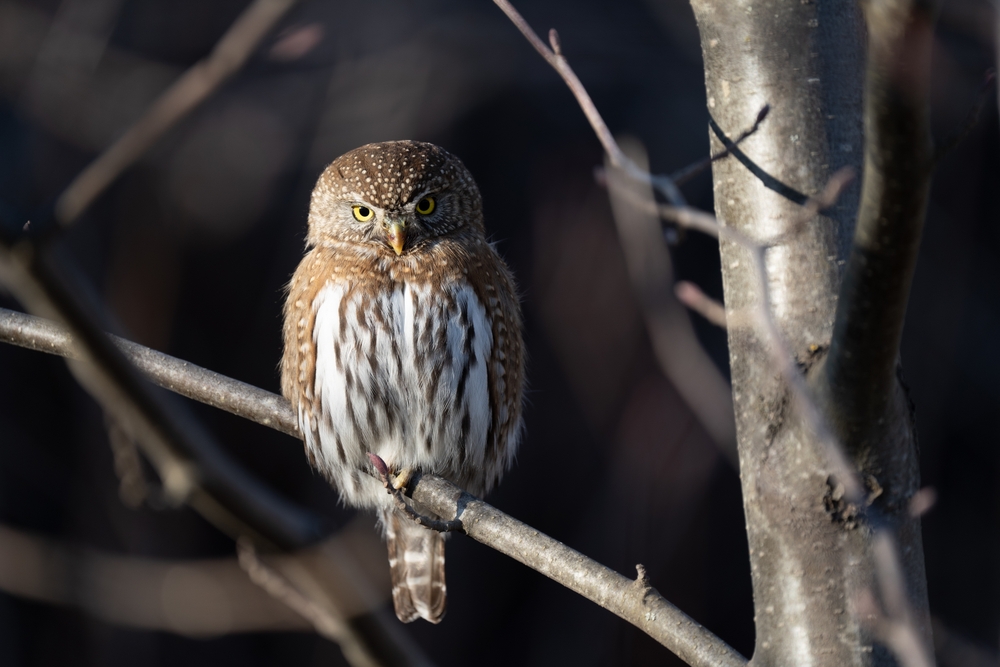
Owls, with their silent flight and penetrating gaze, exude an air of mystery and drama. Their nocturnal habits and haunting calls create an atmosphere of intrigue, as if they were the protagonists of a nighttime opera. Owls use their dramatic presence to hunt effectively, swooping down on prey with a stealth that seems almost supernatural. Observing an owl in action is like watching a ghostly ballet unfold under the moonlight.
This silent drama serves a vital purpose in the owl’s survival, allowing them to hunt undetected in the dark. Their ability to blend into the shadows while remaining hyper-aware of their surroundings is a testament to their evolutionary prowess. The owl’s theatrical grace reminds us of the beauty and mystery inherent in the natural world. They are a symbol of the silent, powerful forces that exist beyond the reach of daylight.
